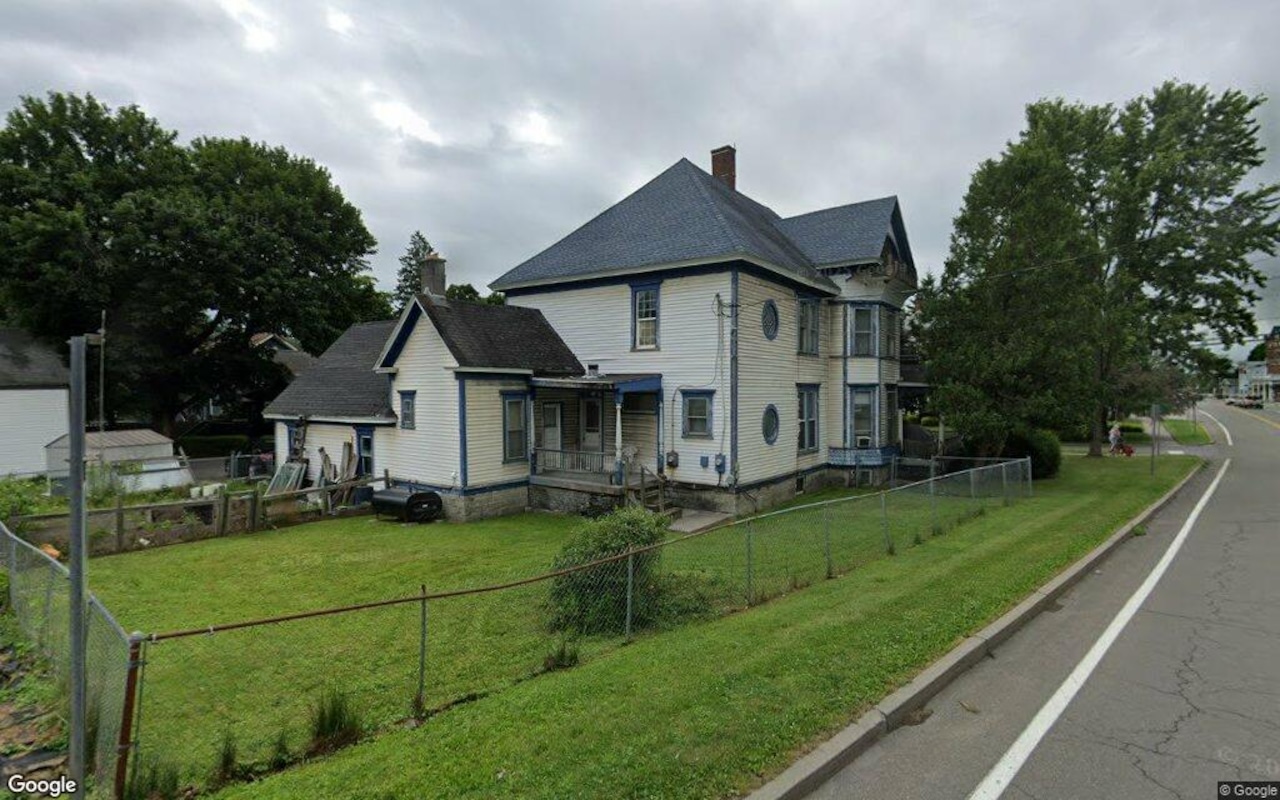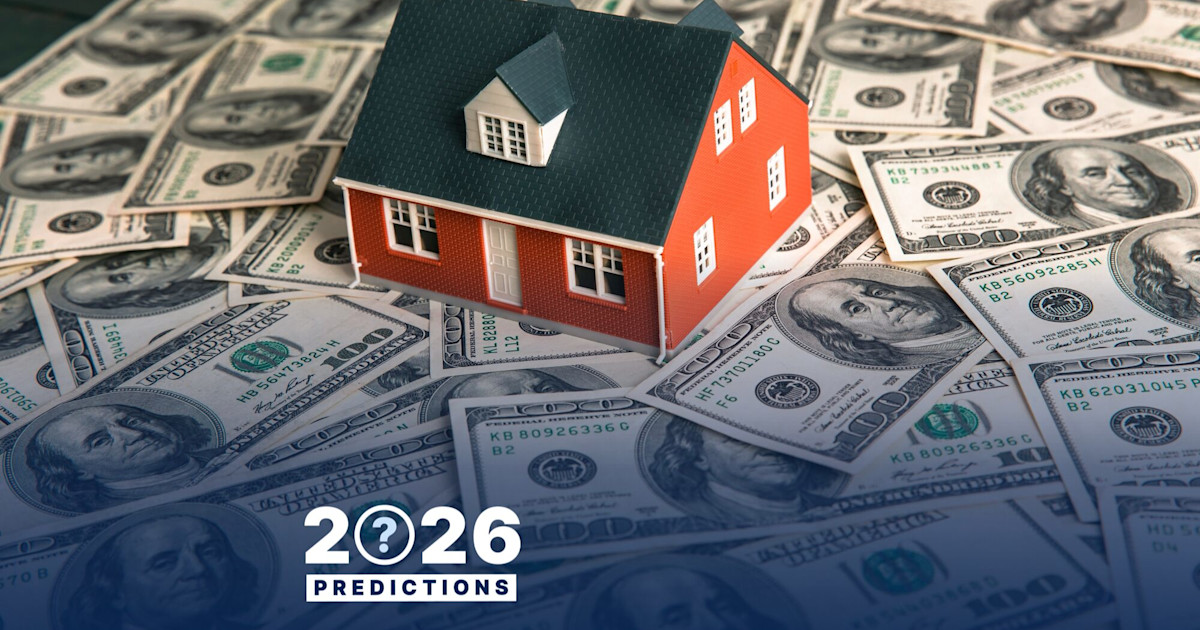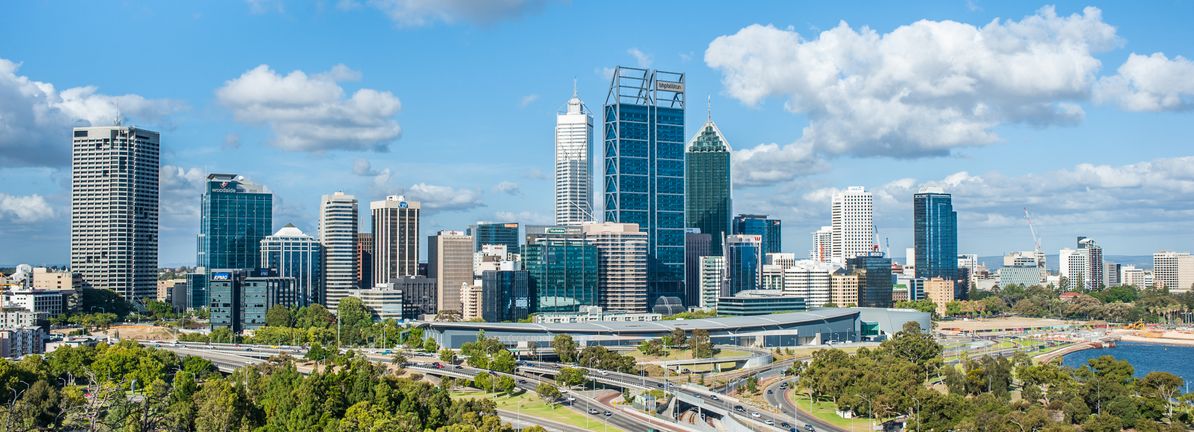M
ortgage rates above 6% keep cash offers in high demand, especially at the market’s two extremes—affordable homes and luxury properties. In the first half of 2025, about one‑third of U.S. home sales were all‑cash, a slight 0.6% drop from the same period a year earlier, according to Realtor.com’s latest cash‑sales report.
Cash buyers gained prominence during the COVID‑19 boom, when bidding wars pushed many buyers to submit all‑cash offers to win. Cash transactions close faster, bypassing appraisal and financing contingencies, which appeals to sellers eager for a quick, certain sale. The rise in mortgage rates in mid‑2022 further encouraged wealthy buyers to avoid high borrowing costs.
Cash purchases vary by region. They are most common in second‑home hotspots and lower‑priced metros where investors frequently buy outright. Realtor.com’s senior economic research analyst, Hannah Jones, notes that the persistence of cash deals reflects both concentrated wealth and the challenges faced by mortgage‑dependent buyers in today’s expensive market.
Although cash sales are less popular now than after the Great Recession, many sellers still prefer a cash offer over a financed one. TurboTenant’s VP of marketing, Harrison Stevens, recounted losing a property to a cash buyer while his own financed bid was still in process. Cash buyers fall into four overlapping groups: institutional investors, second‑home buyers, high‑net‑worth individuals, and older home shoppers. Institutional investors—especially LLCs and corporations—dominate cash deals, with their share nearly double the overall cash‑sale percentage in 2024.
Affluent and older buyers are more likely to pay cash because they often have accumulated equity and can purchase without a mortgage. This trend is evident in the U‑shaped pattern of cash prevalence: about two‑thirds of homes under $100,000 are sold cash, while more than 40% of homes over $1 million are cash deals. In the $2–5 million range, over half are cash, and in the $5–10 million bracket, more than 60% are cash.
Miami tops the nation with 43% all‑cash sales, driven by its luxury and second‑home market. In Miami’s high‑end segment, more than 70% of condos over $1 million are cash, and over 80% of properties above $2,000 per square foot are cash. San Antonio follows at 39.6%, then Kansas City (39.2%), Birmingham and Houston (38.8% each), and St. Louis (38.1%). These metros combine strong investor interest with either affordable housing or significant high‑end demand, making speed and competition key drivers of cash offers.
The median list price in Birmingham was $299,000 in September—about $130,000 below the national median—while Miami’s typical home cost $499,900. Texas cities such as San Antonio, Dallas, and Houston saw the largest yearly gains in cash‑sale shares, fueled by wealthy transplants, corporate buyers, and renewed investor interest in Sun Belt markets.
Cash buyers often set the price tone when a home hits the market, especially in areas where sellers are locked into ultra‑low mortgage rates and reluctant to list. Their influence is strongest in markets with high cash‑sale shares, where out‑of‑state buyers purchase vacation homes or rentals, tightening inventory for local, loan‑dependent buyers.
If mortgage rates were to fall substantially next year, the balance could shift, allowing more mortgage‑dependent buyers to reenter the market and reducing the dominance of all‑cash transactions. Until then, cash offers remain a powerful tool for buyers and sellers alike in a high‑rate environment.














